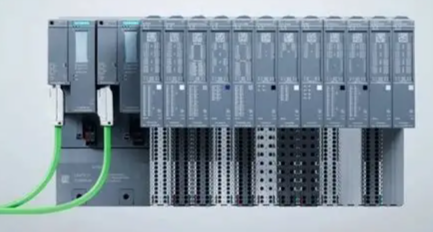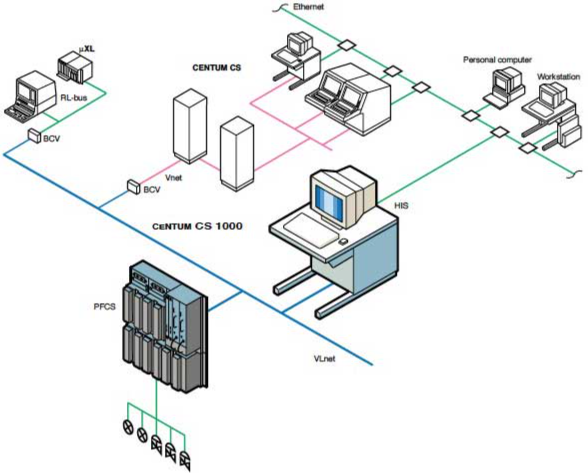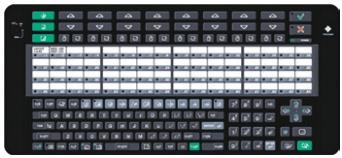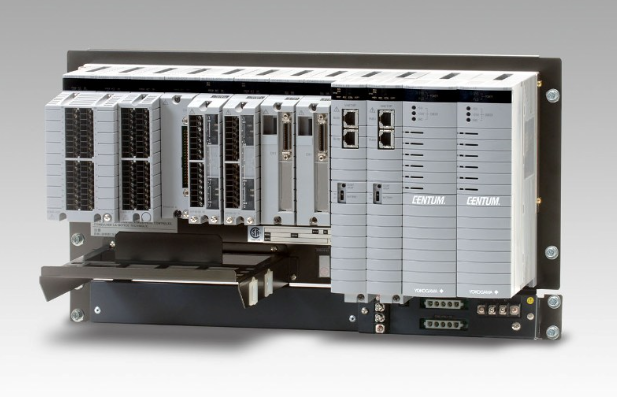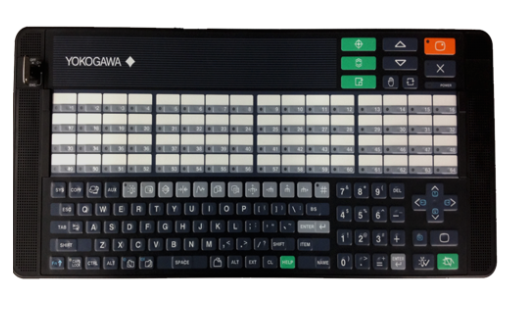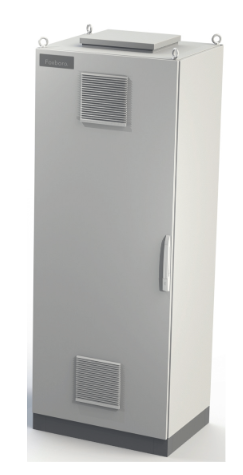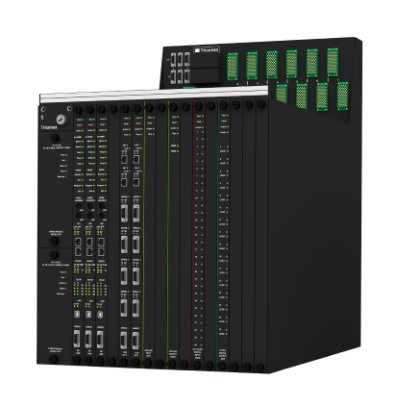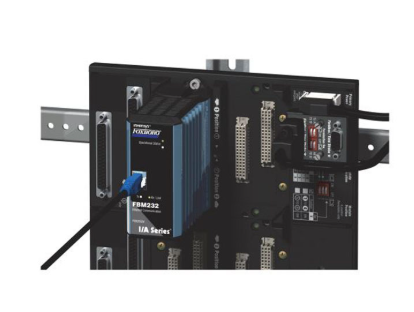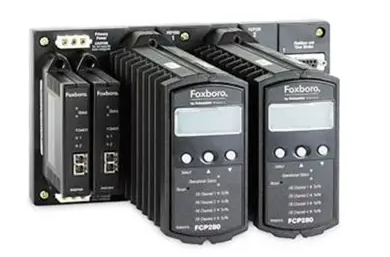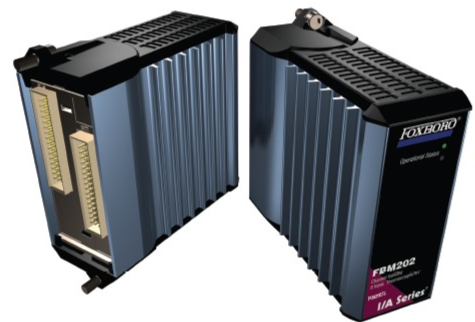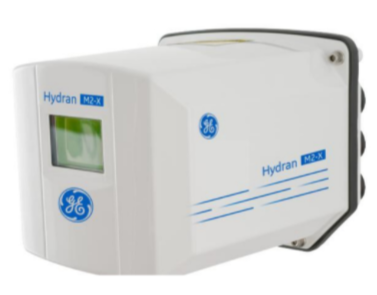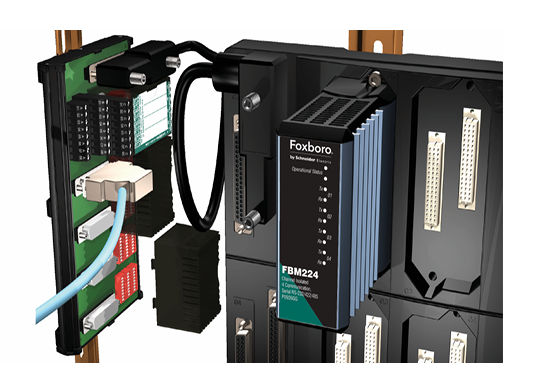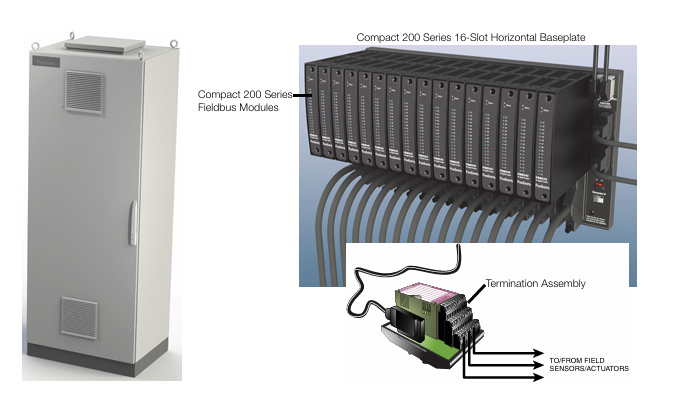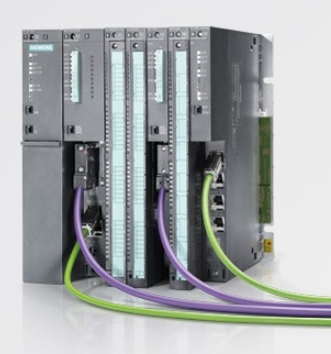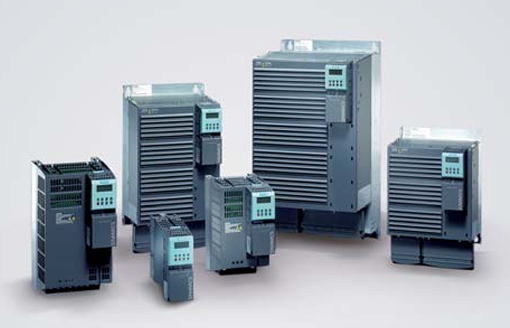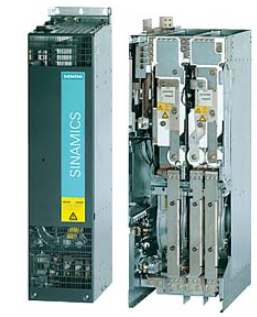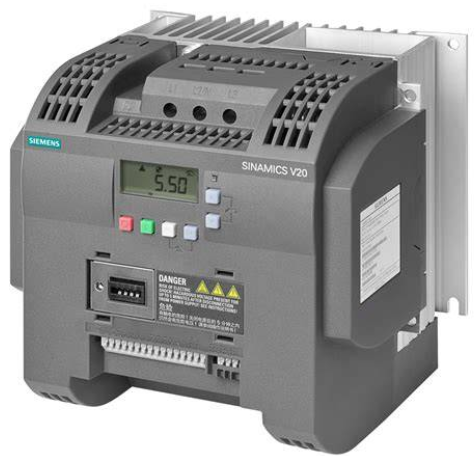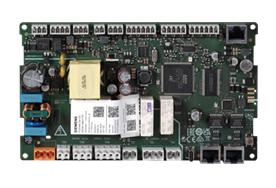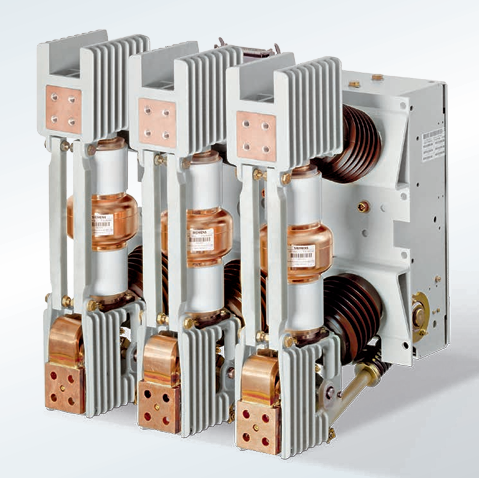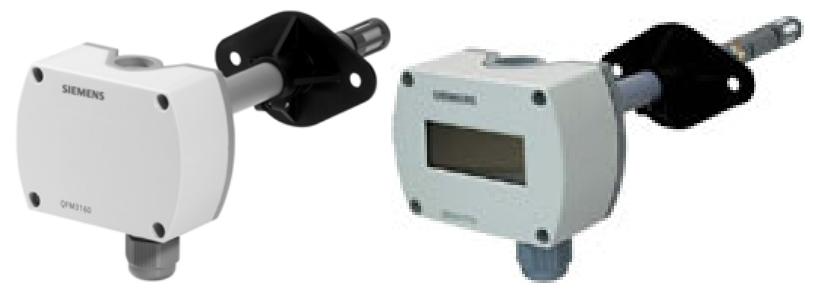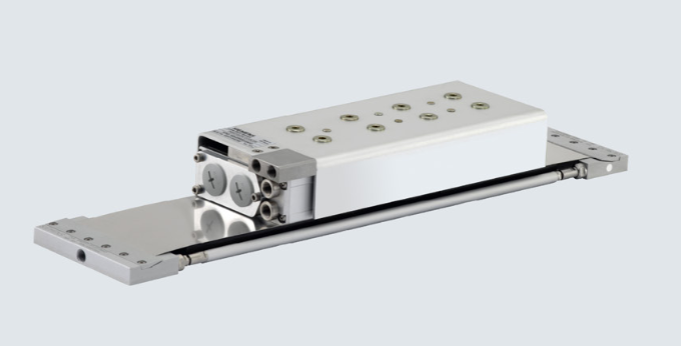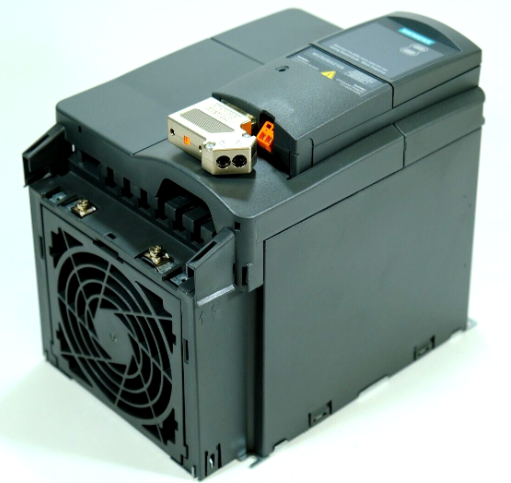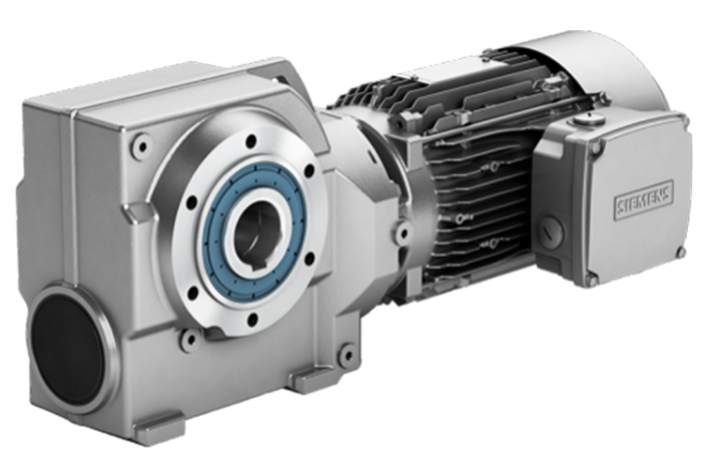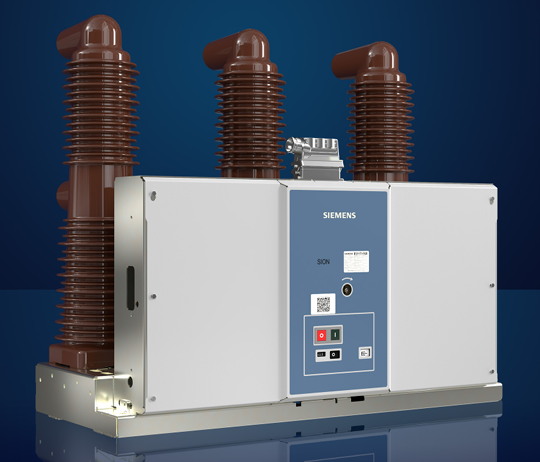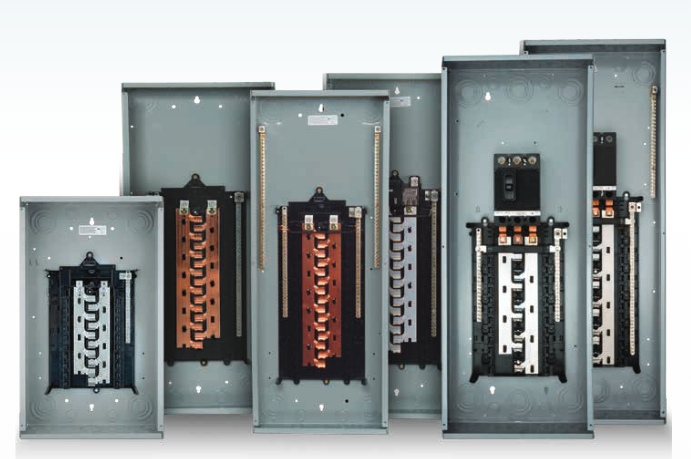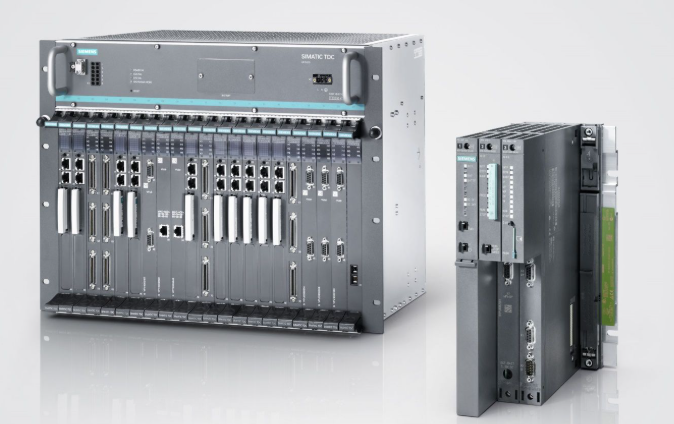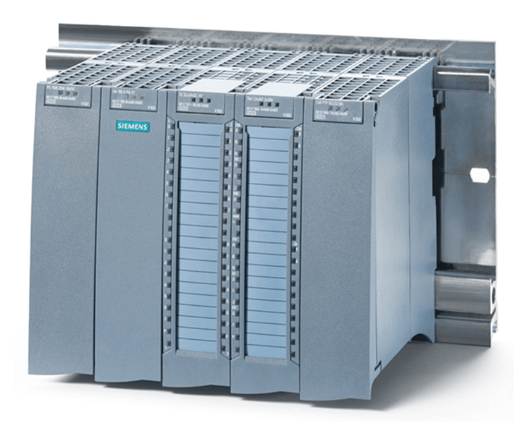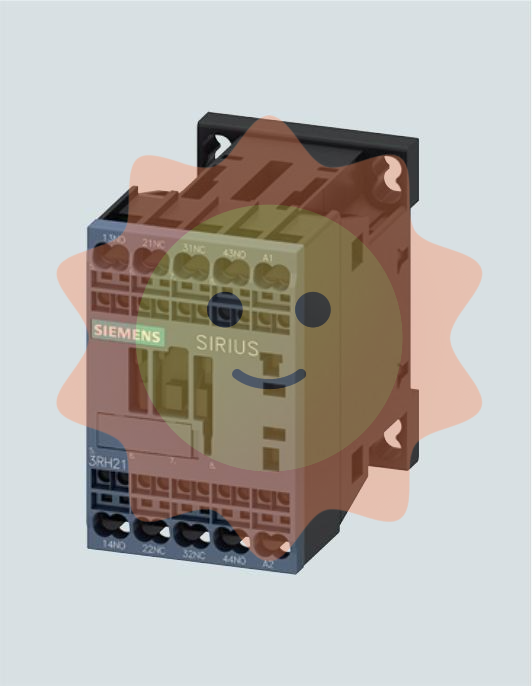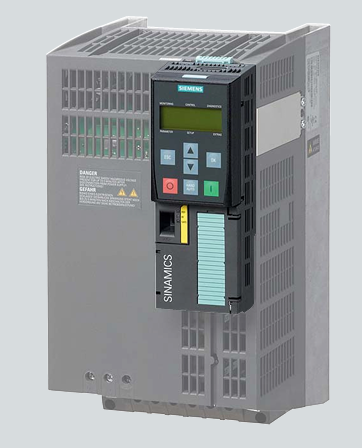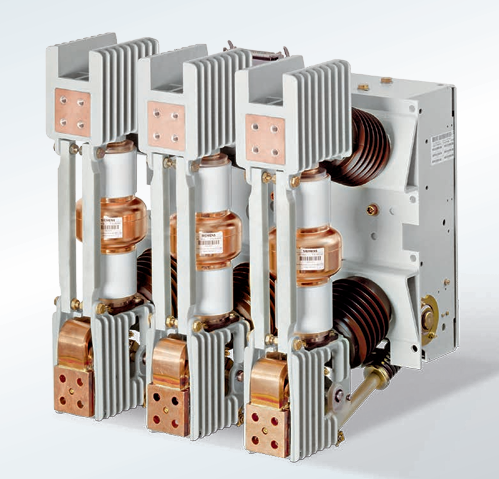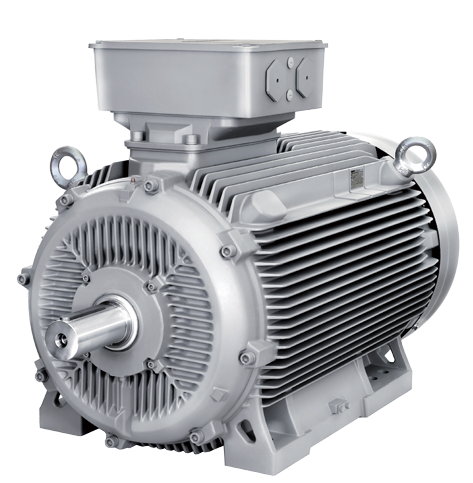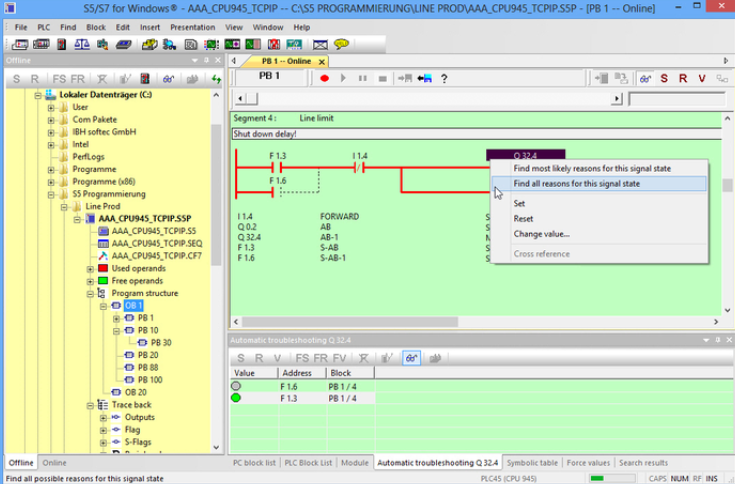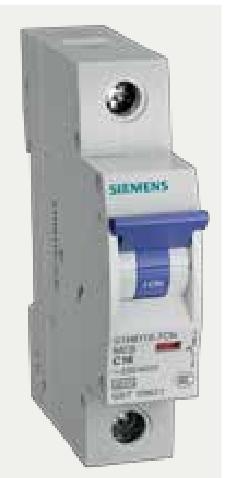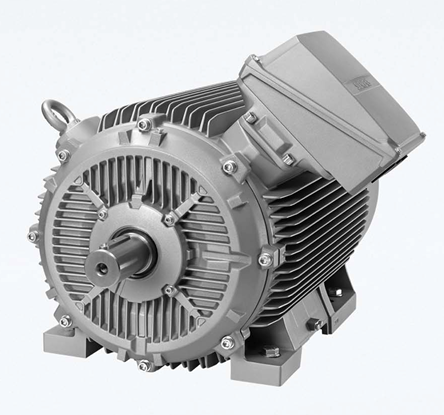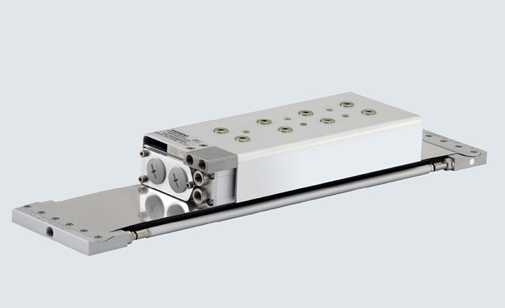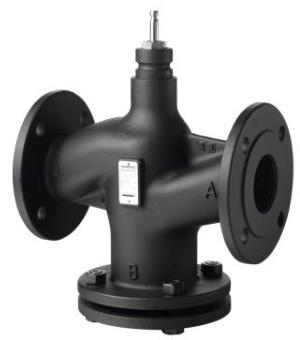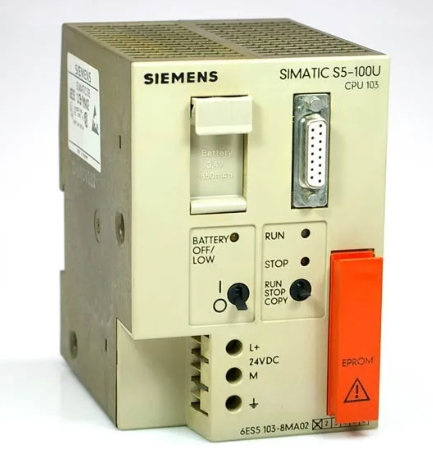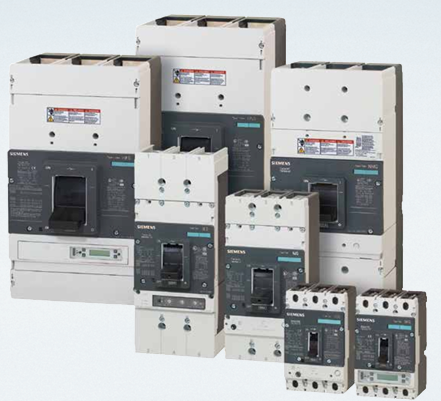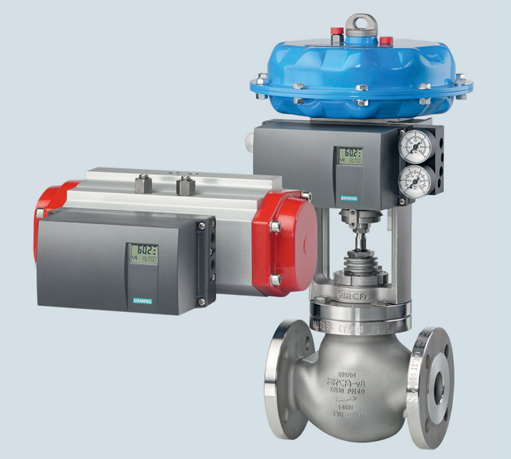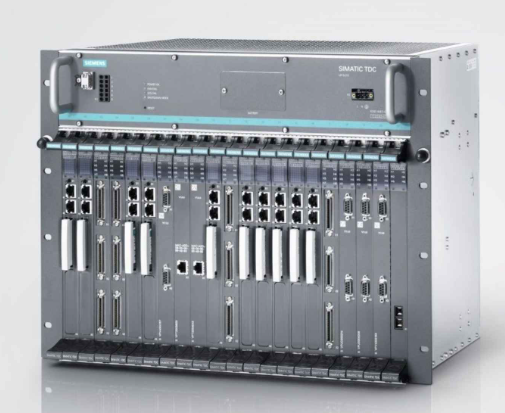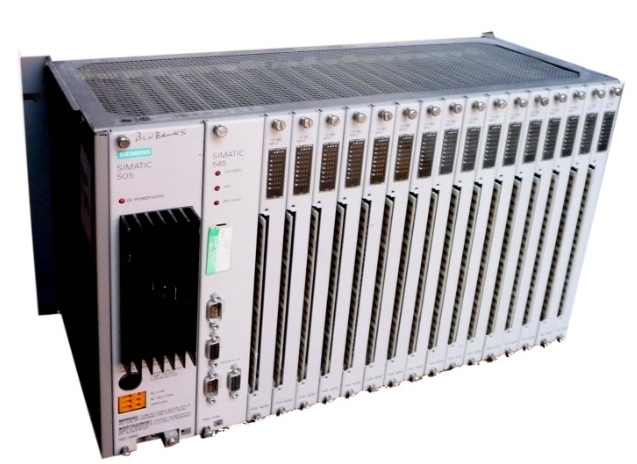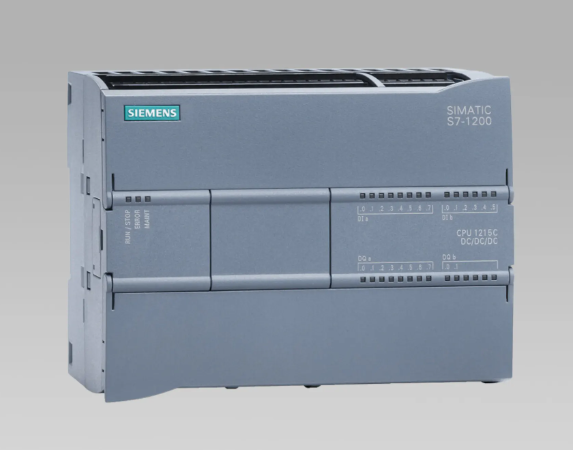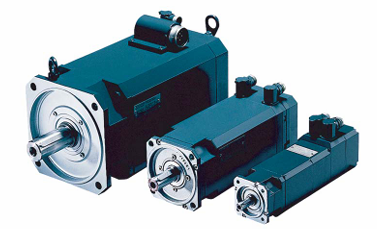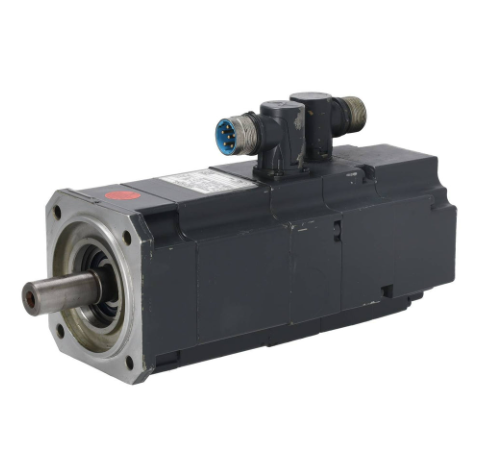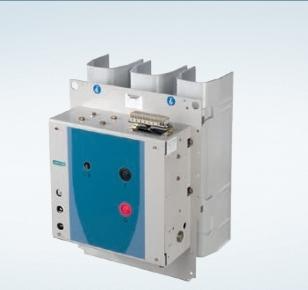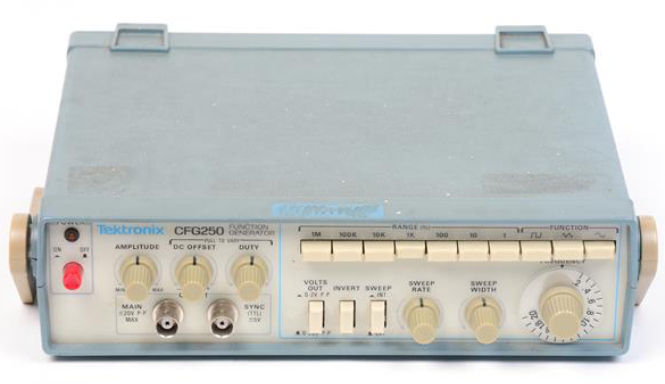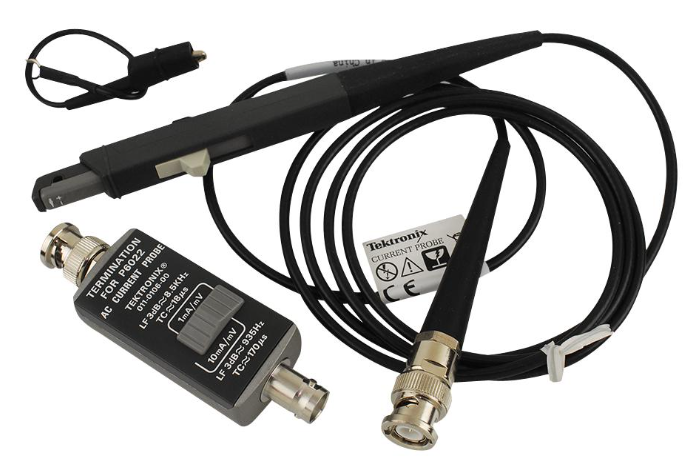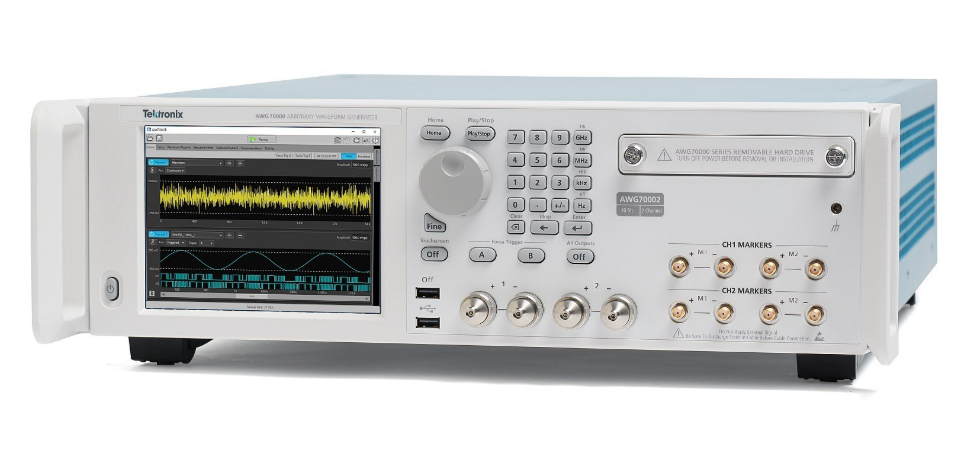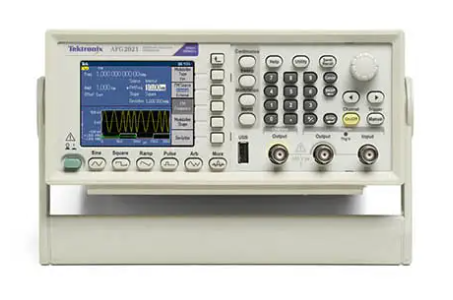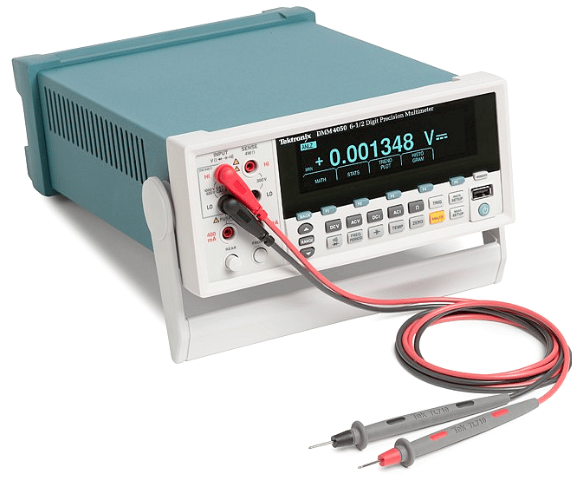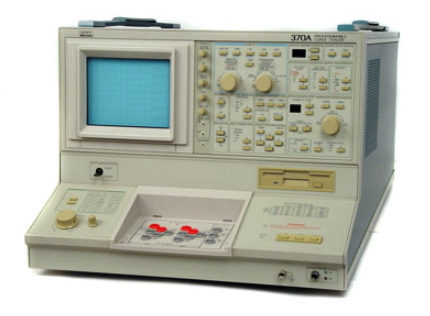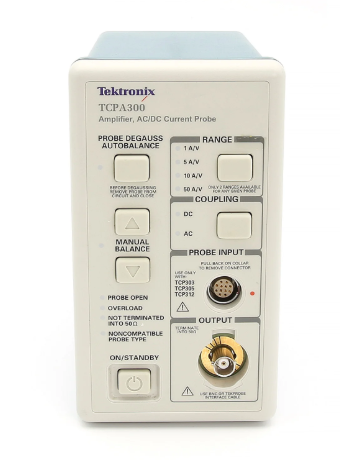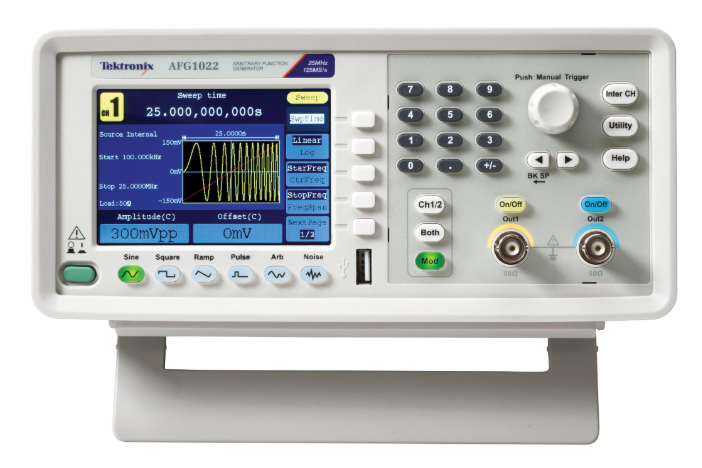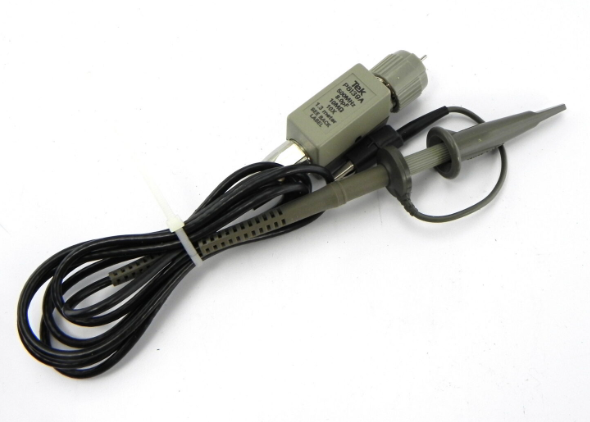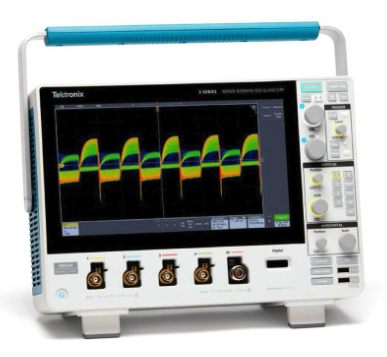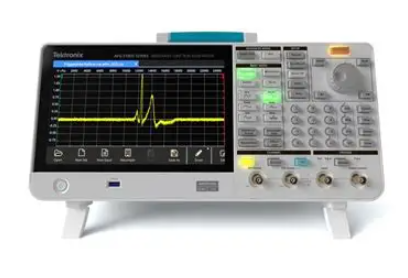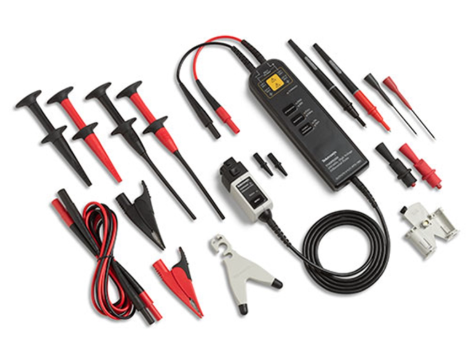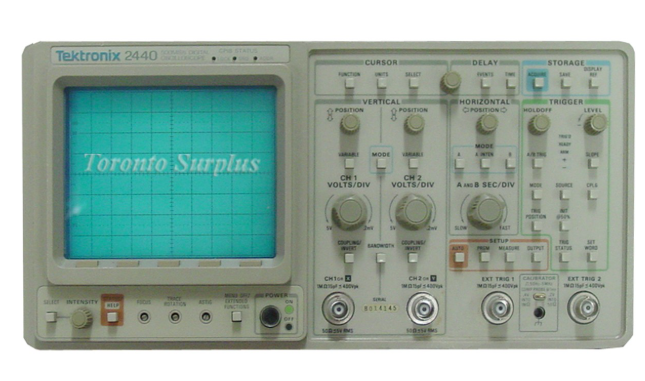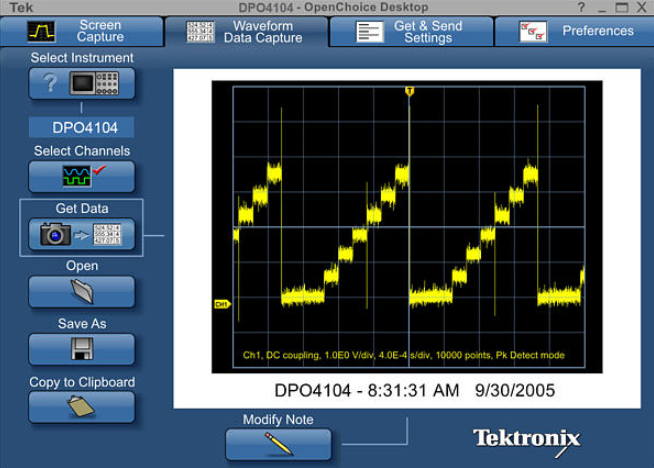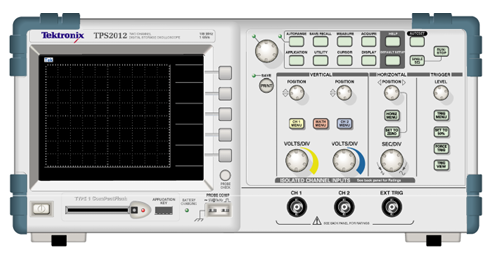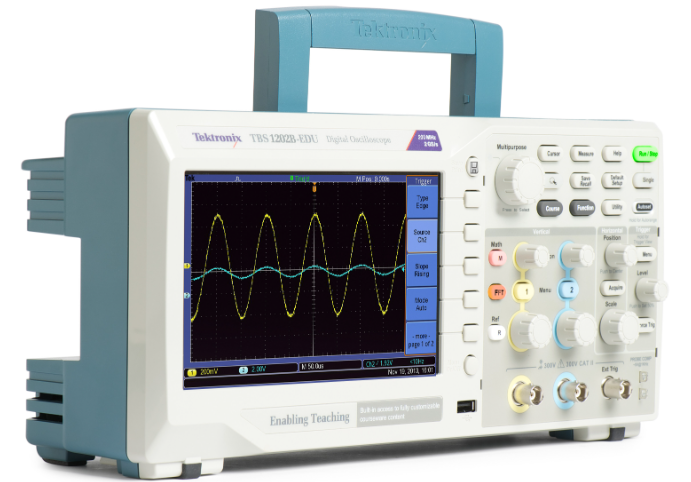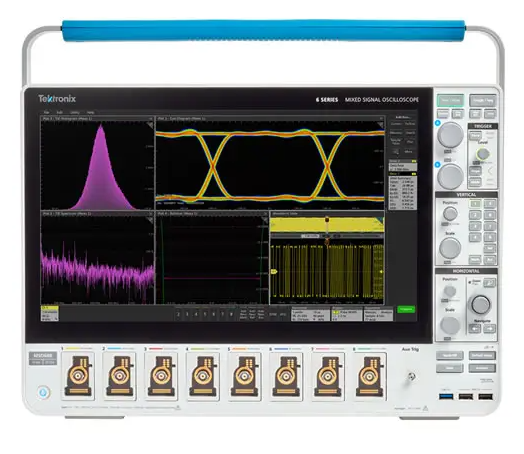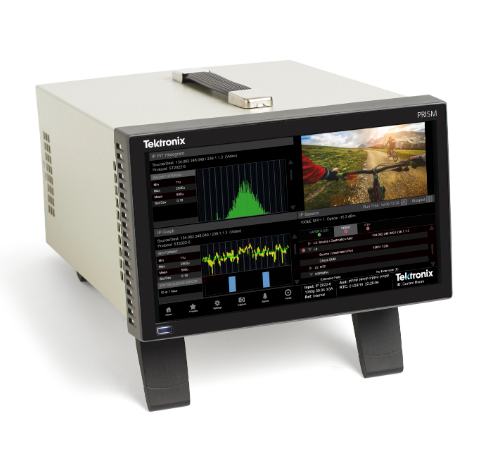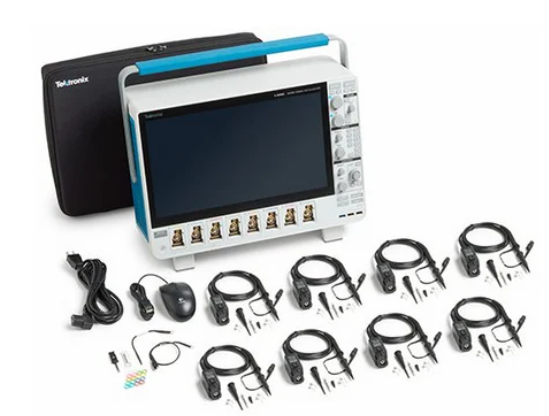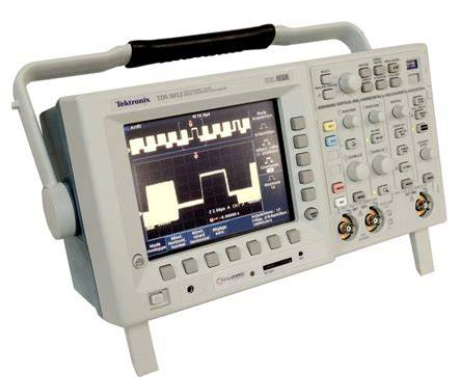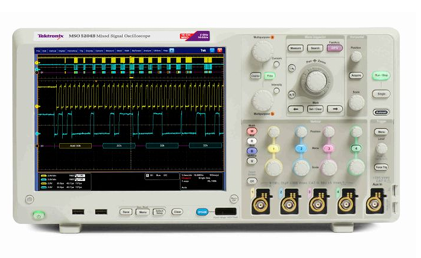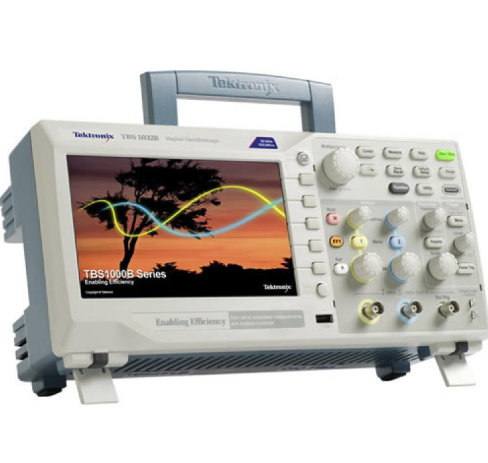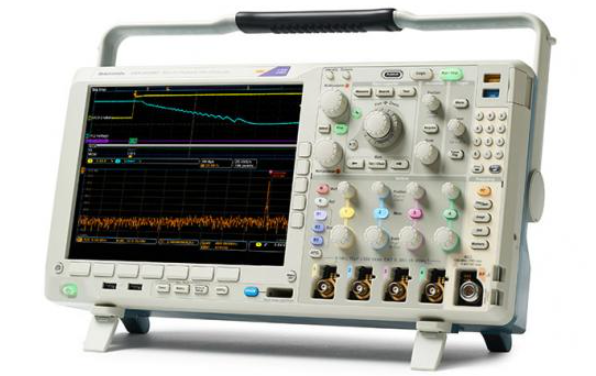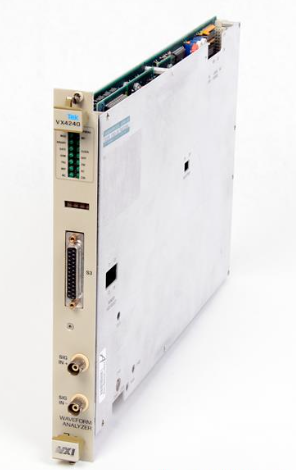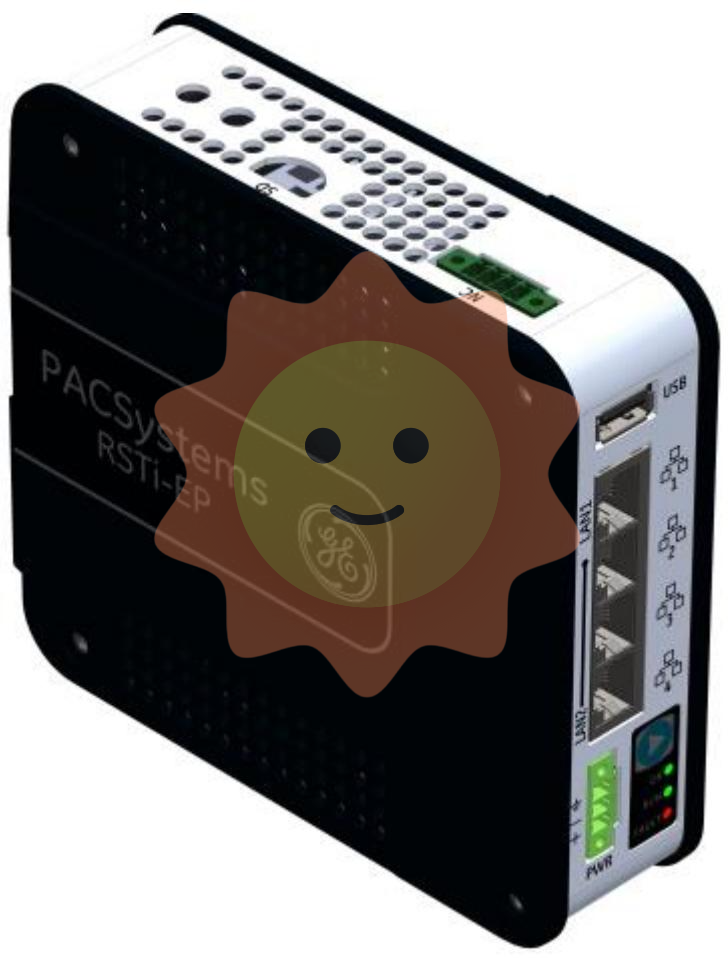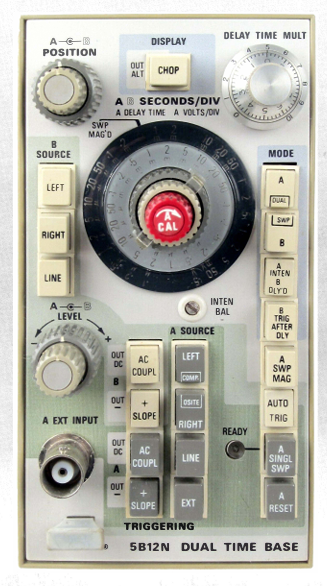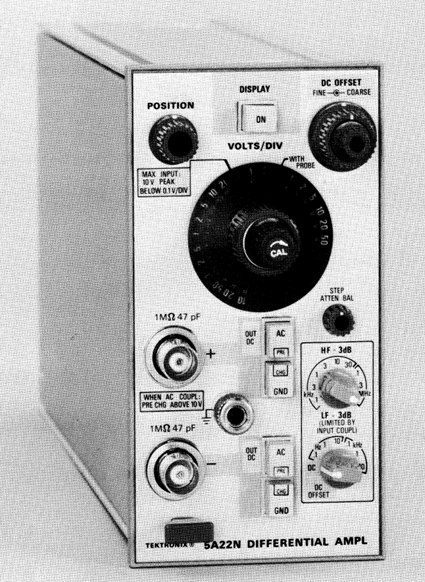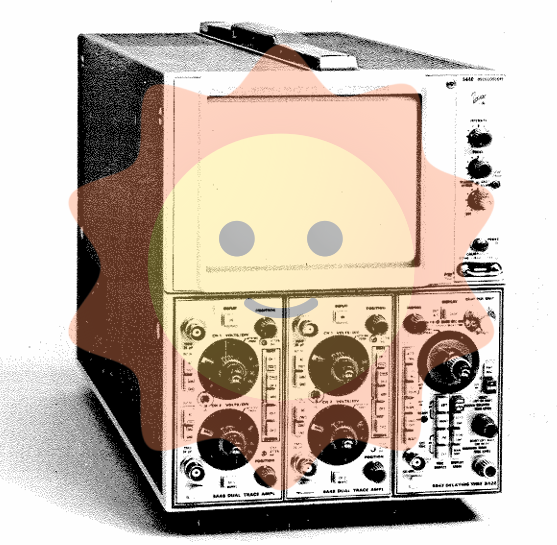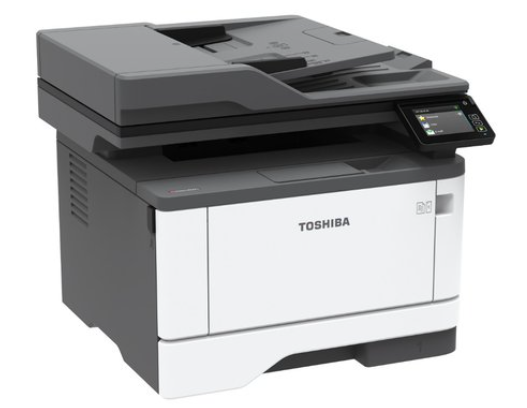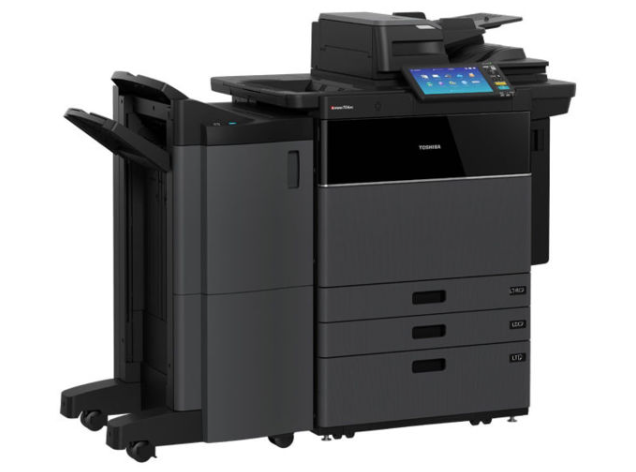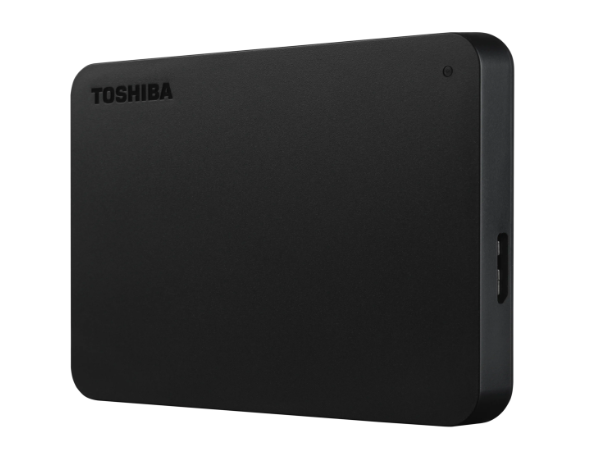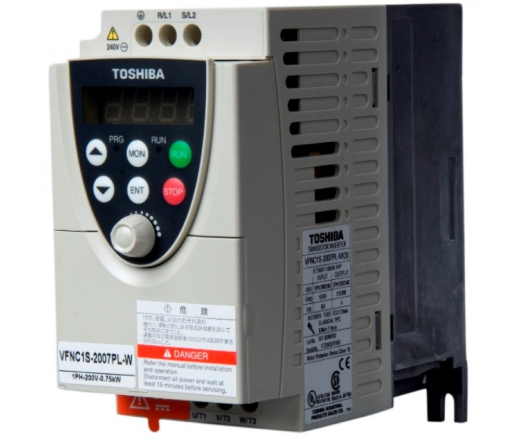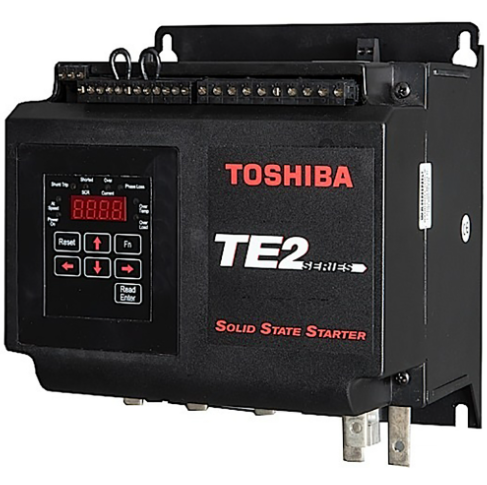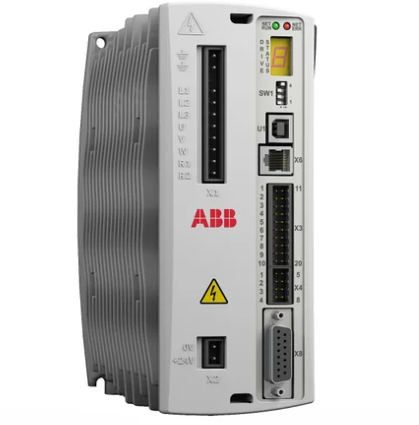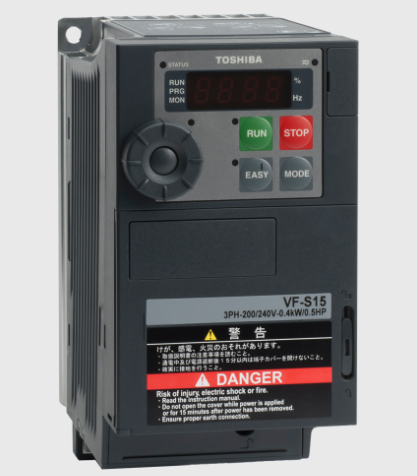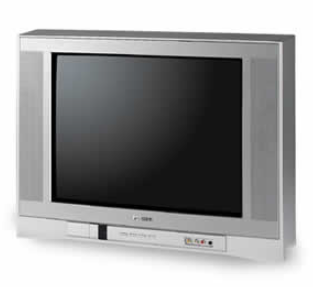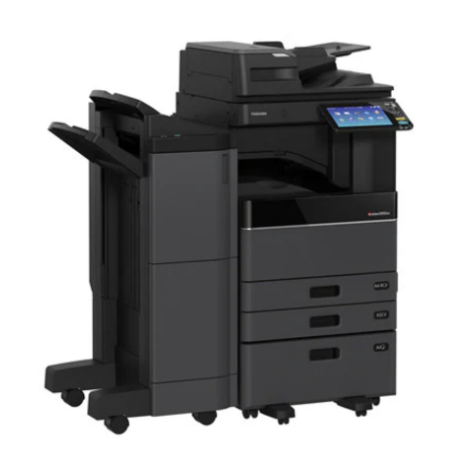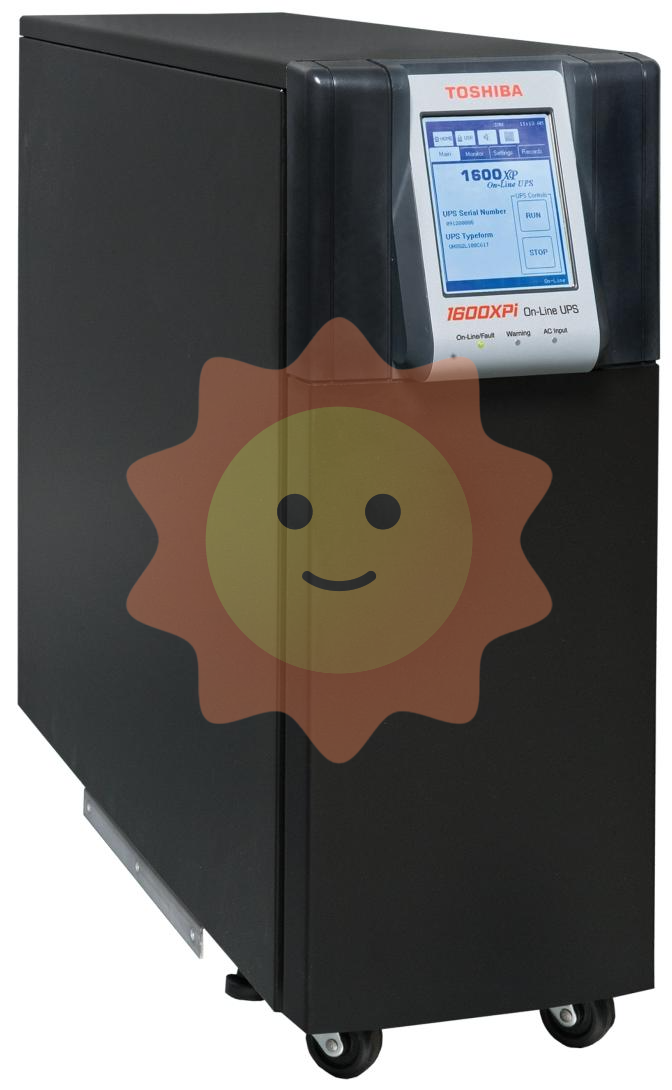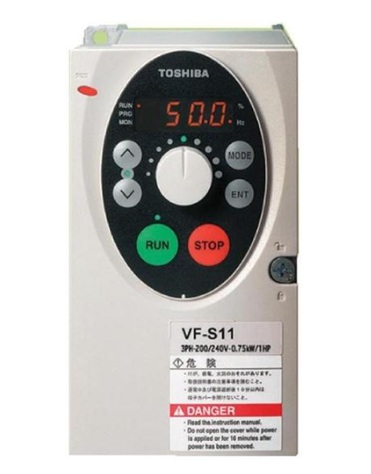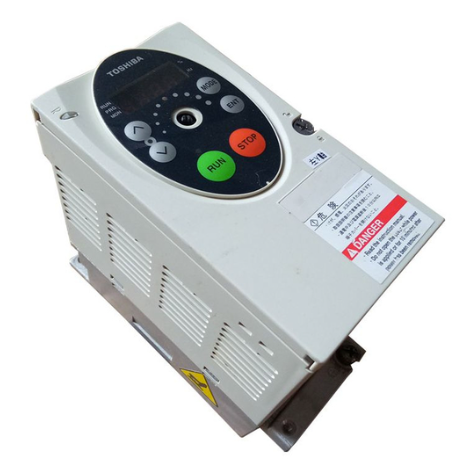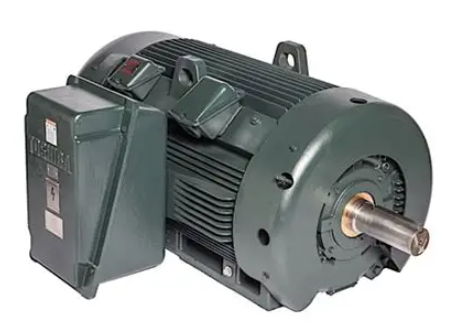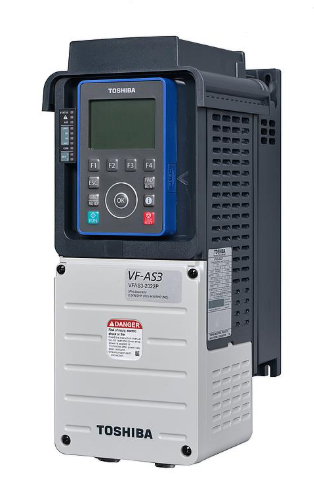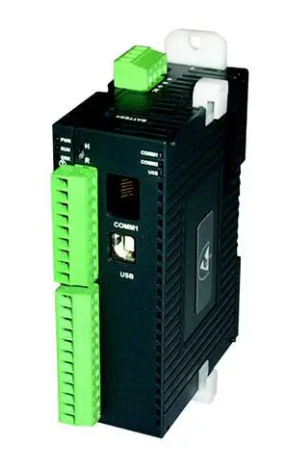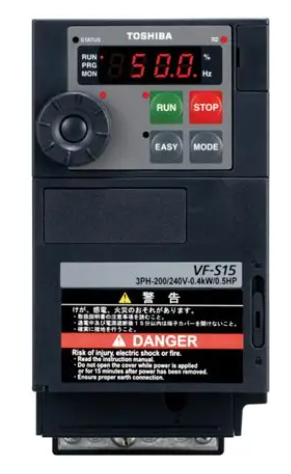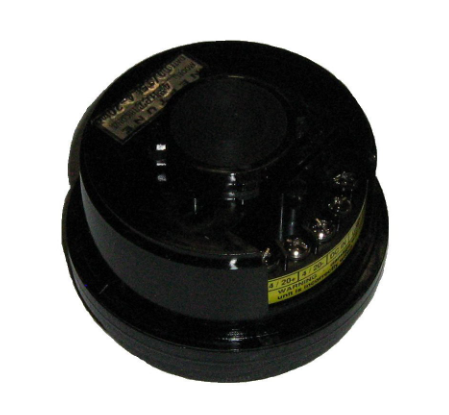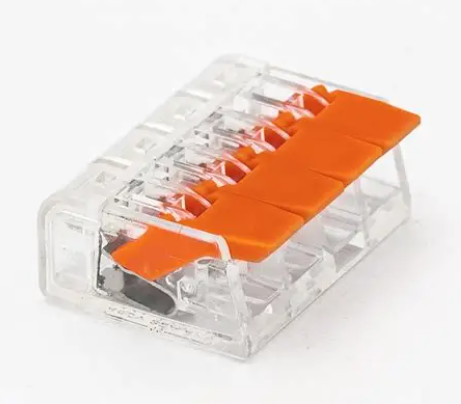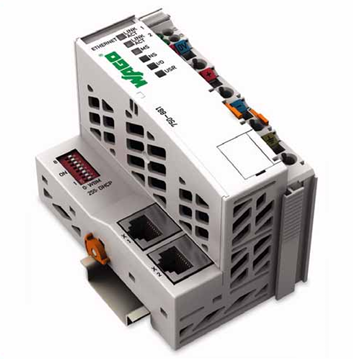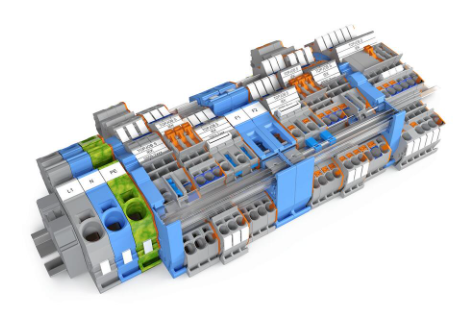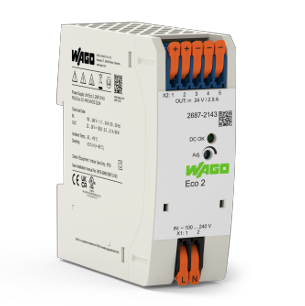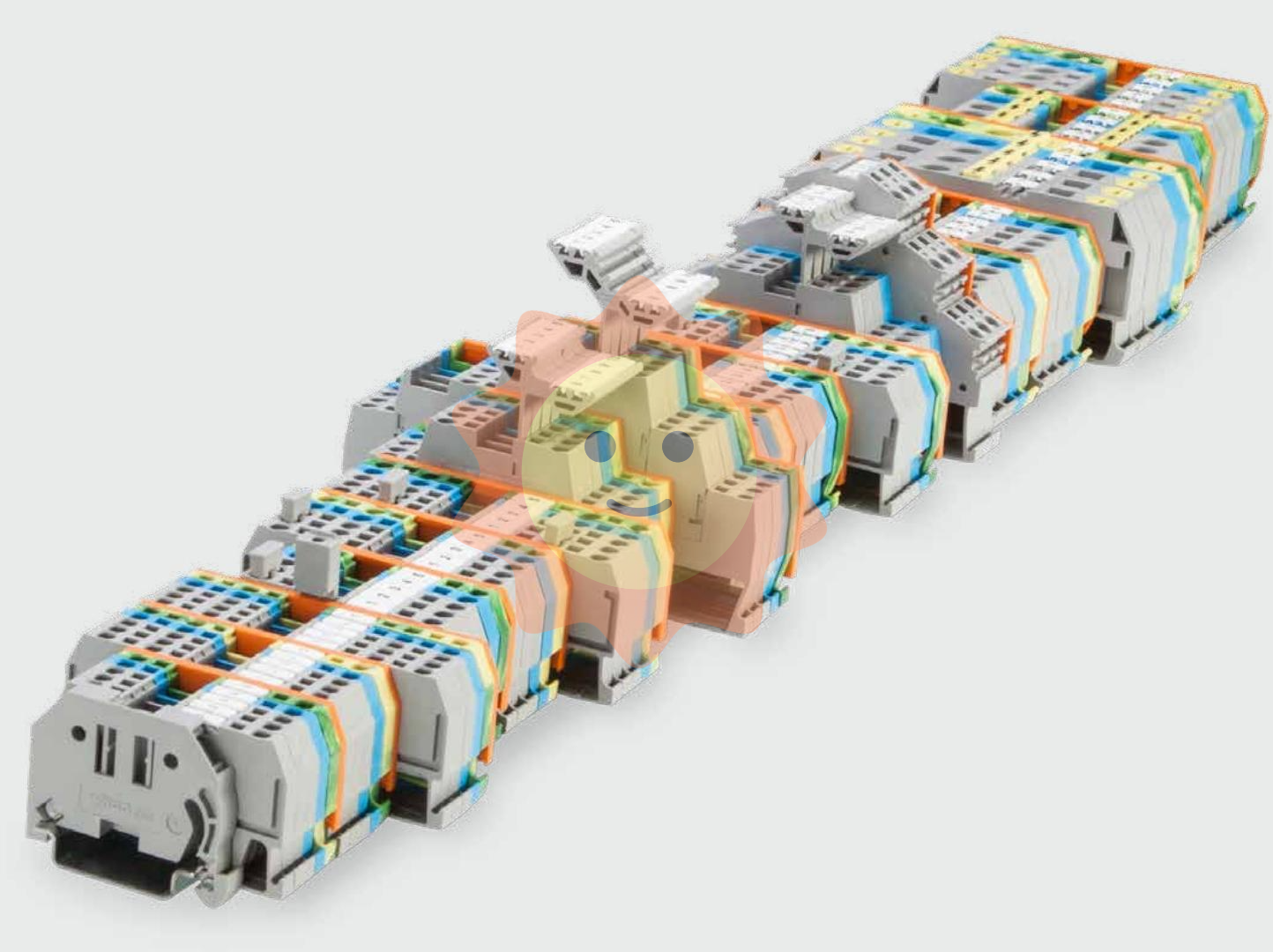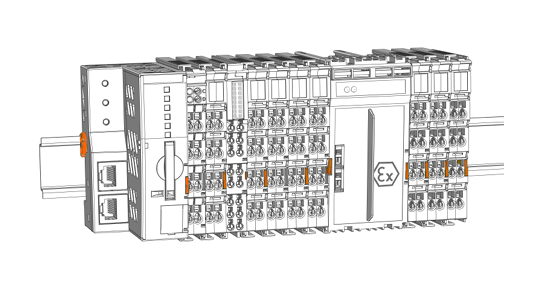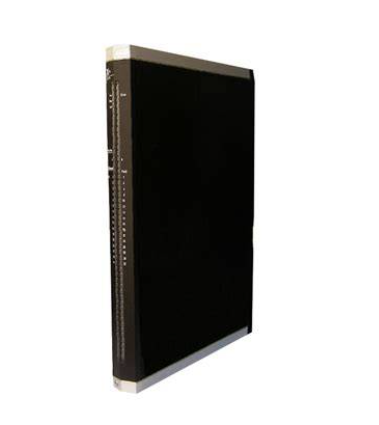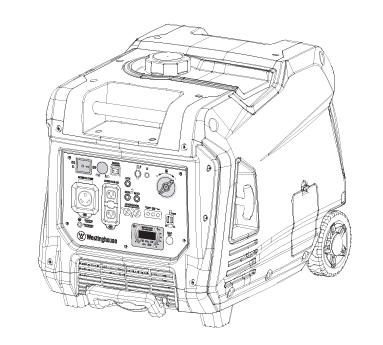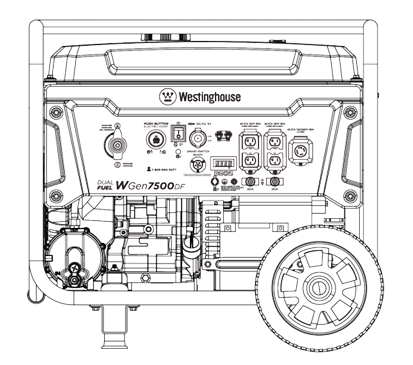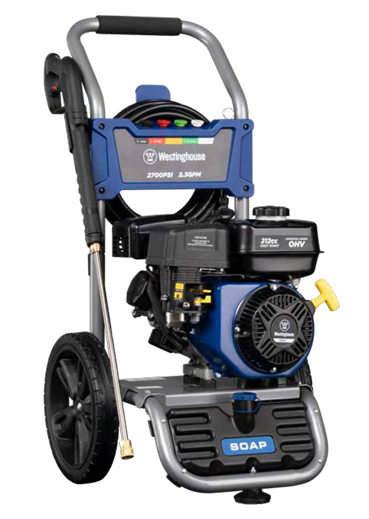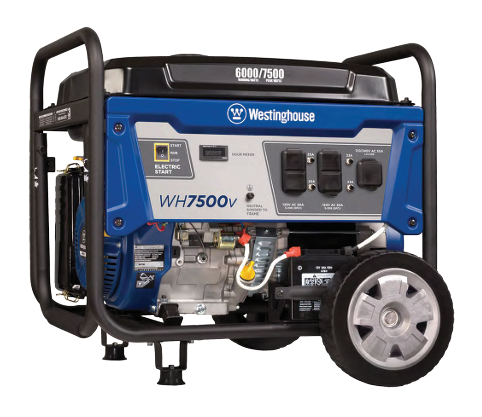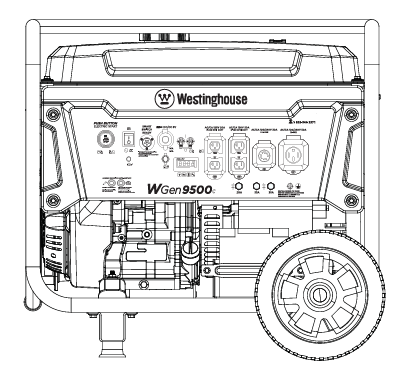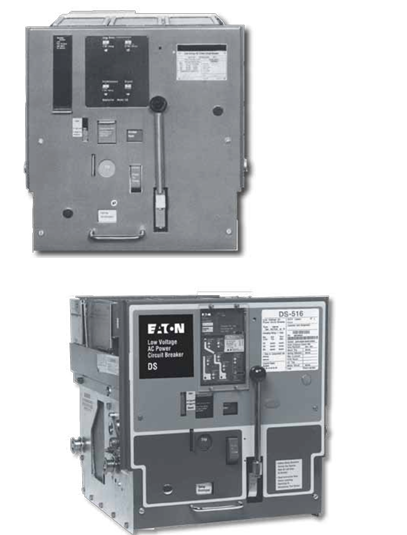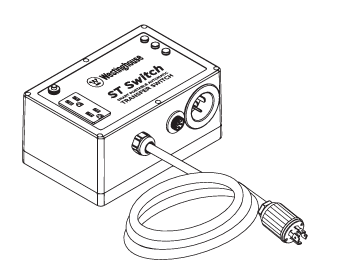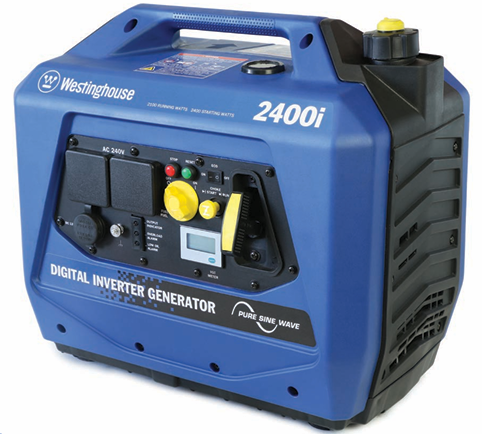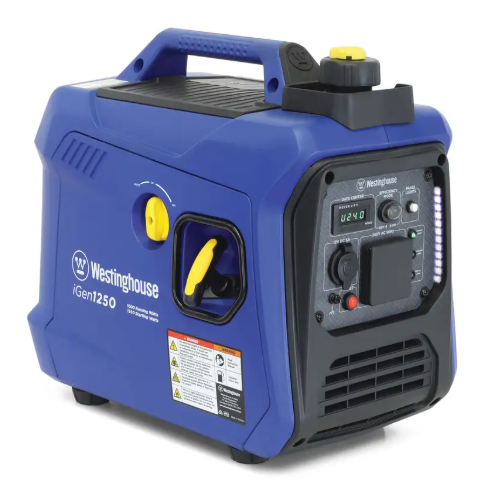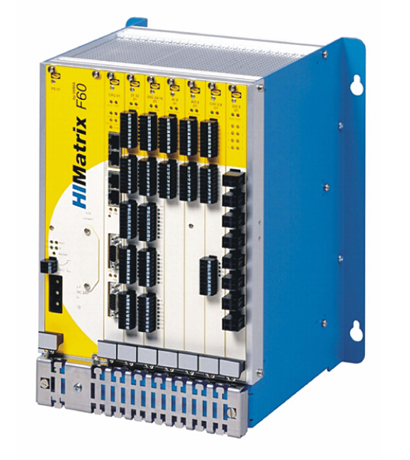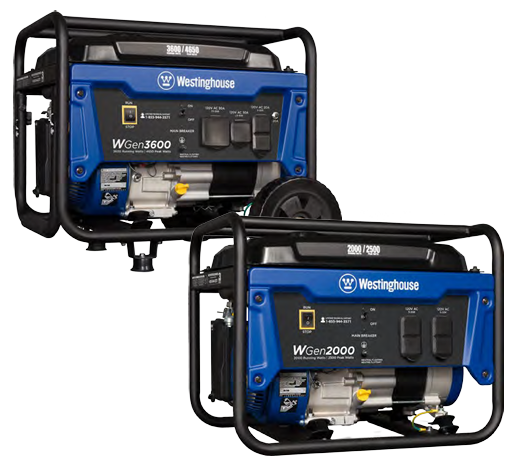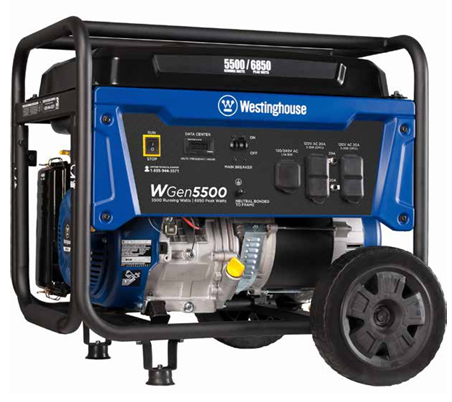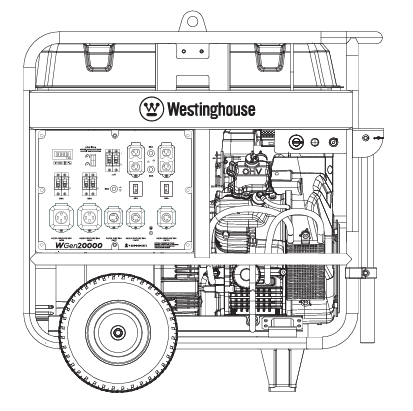The ABB EHDB130 Drive Contactors are electromechanical devices designed to control the power flow in electrical drive systems. They play a crucial role in starting, stopping, and protecting motors and other electrical loads in a wide range of industrial and commercial applications.
ABB EHDB130 Drive contactors
Overview of ABB EHDB130 Drive Contactors
The ABB EHDB130 Drive Contactors are electromechanical devices designed to control the power flow in electrical drive systems. They play a crucial role in starting, stopping, and protecting motors and other electrical loads in a wide range of industrial and commercial applications.
Contactors Structure
The EHDB130 contactors typically consist of a set of contacts (both main contacts and auxiliary contacts), an electromagnet, a spring mechanism, and a housing. The main contacts are responsible for carrying the high - current load of the motor or other driven equipment. The auxiliary contacts are used for control and indication purposes, such as providing feedback to the control circuit about the status of the contactor (whether it's open or closed).
Materials and Insulation
The contacts are usually made of high - conductivity materials such as copper or silver - alloy to handle high currents with low resistance and minimal heat generation. The housing provides insulation and protection against environmental factors such as dust, moisture, and mechanical damage. It is often made of durable plastic or metal enclosure with appropriate insulation materials to ensure safe and reliable operation.
Functionality
Power Control
The primary function of the EHDB130 contactors is to control the power supply to an electrical drive. When the contactor coil is energized (by an electrical control signal), the electromagnet creates a magnetic force that pulls the contacts together, closing the circuit and allowing current to flow to the motor or other load. When the coil is de - energized, the spring mechanism opens the contacts, interrupting the power supply and stopping the load. For example, in an industrial conveyor belt system, the contactor controls the power to the motor that drives the conveyor, allowing for start and stop operations.
Overload and Short - Circuit Protection (with Additional Components)
While the contactor itself doesn't provide inherent overload and short - circuit protection, it can be part of a protection system when used in conjunction with other devices such as thermal overload relays or circuit breakers. In case of an overload (excessive current due to factors like a jammed motor or overloading of the driven equipment), the associated protection device can trip, de - energizing the contactor coil and opening the contacts to protect the equipment from damage.
Auxiliary Contact Functions
The auxiliary contacts can be used for various control and indication functions. They can provide status signals to a Programmable Logic Controller (PLC) or other control systems, indicating whether the contactor is engaged or disengaged. This information can be used for interlocking, sequencing, or monitoring purposes. For example, in a complex industrial process, the status of the contactor can be used to ensure that other equipment is started or stopped in a specific order.
Technical Specifications
Rated Current and Voltage
The EHDB130 contactors have specific rated current and voltage values. The rated current indicates the maximum continuous current that the main contacts can safely carry without overheating or damage. For example, it might have a rated current of several tens of amperes (e.g., 30A - 60A) depending on the specific model. The rated voltage is the maximum voltage at which the contactor can operate, which could be a standard industrial voltage such as 400V AC or 600V AC.
Coil Voltage and Power Consumption
The contactor coil has a specified voltage rating, which is the voltage required to energize the coil and close the contacts. This voltage can be AC or DC, depending on the design. The coil also has a power consumption value, which determines the amount of electrical power needed to operate the contactor. This is an important consideration for sizing the control power supply and for energy - efficient operation.
Contact Life and Operating Cycles
The contactors have a rated contact life, usually specified in terms of the number of operating cycles (closing and opening of the contacts). The contact life depends on factors such as the current - carrying capacity, the type of load (resistive, inductive, etc.), and the operating environment. For example, in a relatively clean and well - maintained environment with a resistive load, the contactors may have a longer contact life compared to a harsh, dusty environment with an inductive load.
Applications
Industrial Motor Control
In factories and manufacturing plants, the EHDB13ό contactors are widely used to control the motors in various machines such as pumps, fans, compressors, and machine tools. They provide a reliable means of starting and stopping the motors and can be integrated into automated control systems to manage the operation of the equipment.
Commercial HVAC Systems
In heating, ventilation, and air - conditioning (HVAC) systems, these contactors are used to control the motors of fans and compressors. They ensure that the HVAC equipment starts and stops as needed, based on temperature and humidity settings and occupancy sensors.
Conveyor and Material - Handling Systems
In conveyor belts and other material - handling equipment, the EHDB130 contactors control the power to the drive motors. They play a vital role in the efficient movement of materials, allowing for smooth start - up, stop, and speed - control operations as required by the material - handling process.

- User name Member Level Quantity Specification Purchase Date
- Satisfaction :
-









Email:wang@kongjiangauto.com

